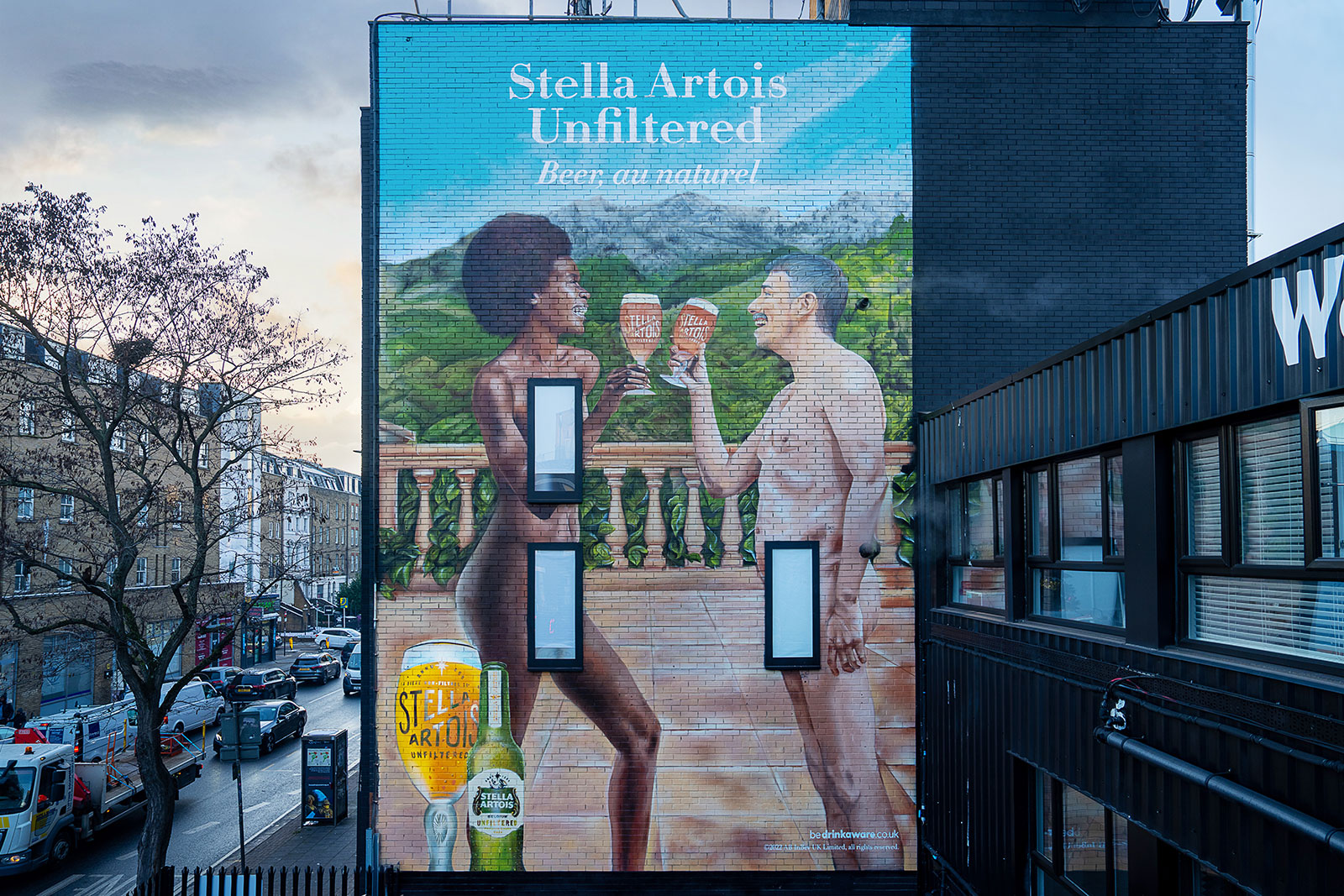
07.03.23
Choose your words wisely
A verbal identity can inspire and empower. Big ideas and powerful brands need them just as much as a highly crafted logo, colour palette or type choice.
Making sure a brand is distinctive, meaningful and effective stretches beyond how it simply looks. How it speaks and sounds holds just as much weight.
Together, the verbal and visual should combine to create a unified brand impression that attracts, engages and empowers the right people at the right time.
"The development of language is part of the development of the personality, for words are the natural means of expressing thoughts and establishing understanding between people."
Maria Montessori
A well-built, well-defined brand should be made up of BOTH a verbal AND a visual identity. Side by side, they coexist. Like siblings, they might have their own expressions, personalities or attitudes, but they inherit and share the same DNA. They can even be known to fight for attention. Yet they always complement each other; working together for the greater good of the brand.

You may find yourself, reading another excellent blog post by Better.
How did we get here?
As a term, ‘verbal identity’ is still relatively new. Originating in the early 2000s, at around the same time that MSN Messenger was using up bandwidth, and the iPod Classic was shuffling up music. Today, the phrase remains fairly unfamiliar outside brand builders, copywriters and marketeers. But its use and meaning has been gathering pace. So much so, agencies – like ourselves – now offer specialist verbal identity services.
Of course, as a form of branding, advertising, marketing… words have been accompanying visuals since the year dot – 35 B.C. to be exact.
Fast forward to 2023, and names, quality claims, slogans and straplines have long since added resonance to brands in every single category. Consider A little dab’ll do ya; Vorsprung Durch Technik; Does exactly what it says on the tin; and you soon realise the essence of verbal identities have been firmly in the public consciousness for well over a century.
All of these recognisable taglines were born from a big idea; an attitudinal, single-minded proposition; a central brand communication. They’re filled with meaning, understanding and even marketing science – be it product features like efficacy in the case of Brylcreem; intrigue and engineering excellence in the case of Audi; or simplicity and audience needs in the case (should that be tin?) of Ronseal.

The iconic ‘Vorsprung durch Technik’ used by Audi.
This proves that although they appear to be deceptively simple, straplines are neither random nor superfluous. The very best become just as recognisable as a logo or name. The very, very best can even cement their place in pop culture.
Find your big idea, and the rest will follow
Such effective straplines aren’t reserved exclusively for the multinationals or high-street brands. Applying the same process to brave challengers or exciting new start-ups will help verbally set your brand apart.
This is where brand strategy and verbal identity get cosy. Not only do they overlap, they interlink and intertwine. It’s tough to try and boil down your brand essence into two or three words; it’s almost impossible if you haven’t already mapped out what you do, how you do it differently, who you do it for, and why it matters.
Nine times out of ten, your big idea will double up as your strapline. Think of it as the simplest encapsulation of what you’re all about; the one compelling reason that a consumer would want to buy your product or use your service.
All great brands have strong voices
The core components of verbal identity should be defined as part of brand strategy. This builds on strong strategic foundations to provide a verbal expression and linguistic reflection of personality. Rooted in archetypes, the verbal identity bears all the traits and characteristics of what makes an organisation unique. It’s the name, voice and language that engages audiences and makes messages authentic, memorable and ownable.
Tone of voice is the cornerstone of this, and all great brands have theirs nailed. When they speak – or more often, when they write – we know in an instant who’s talking.
An effective voice amplifies attitudes, and helps connect emotionally with customers.
It sets a brand’s intention: this is what we’re like, this is how we want the world to see and feel us.
Only by defining your brand strategy, including tone of voice and big idea, can you begin to tackle your verbal executions.

Heinz Beanz ‘Unbeanlievable’ campaign by Wunderman Thompson Spain.
Send the right message
Once tone of voice has been rubber stamped, branded language and key messages are the natural next steps. Signature phrases serve as a great way to create distinctive words or terms that people will recognise and associate with your brand. They’re arguably at their most powerful when talking about experiences, processes, products or technology. Magic Kingdom is synonymous with Disney, just as Crunch is associated with Kellogs.
From here, such unique phrases can be rolled-out alongside the rest of your verbal identity through key messages. These are particularly useful for brands without in-house copywriters, who need a helping hand to translate their strategy and verbal identity into a cohesive part of their brand. As well as being ready-made for external use such as bios, descriptors and ad copy, these factual, simple and concise messages give a flavour of how to write for the brand and its audiences.
Perhaps the most powerful key message or signature phrase of all is actually your brand name. It’s often the first thing people see, read or hear. It can even act as a springboard for both your verbal and visual identity. Take our name as an example. There’s a reason we’re called Better. It informs our purpose, values, vision, big idea, manifesto… pretty much everything we say and do. It leverages our verbal identity and feeds directly into our visuals. Whether it’s a business, product, service or place, getting it wrong can have pretty drastic consequences. Getting it right can have far-reaching benefits.
Don’t diminish the power of words
Ultimately, we all subconsciously understand what verbal identities are. They’re a form of communication and conversation; an extension of human interaction. One we engage with hundreds of times a day.
Verbal guidelines package up all of the elements we’ve mentioned. Just as visual guidelines set the rules for things like a logo, colour palette and brand device, the verbal guidelines set the do’s and don’ts for anyone writing on behalf of the brand. Each component plays its part. They’re intrinsically linked but hold energy and impact in their own right.

British Airways ‘A British Original’ campaign by Uncommon Creative Studio.
The words you choose and how you use them have the ability to help, heal, hinder, hurt, harm and humiliate. That’s why it’s important to pick them wisely. From 404 messages and CTAs to social replies and ad copy, don’t ever diminish their power.
Words alone can move hearts and minds. Together with highly crafted visuals, they become unstoppable.
If you need help defining your verbal identity or brand strategy, drop us a message or give us a call.
